
Almost every woman experiences vaginal pain or discomfort at some point in time.
Whether it's after having sex, during your period, or just from wearing a thong too long, we all know what it's like to have things feel a little off down there.
Usually, vaginal discomfort is no big deal and it goes away on its own. Sometimes, though, it can be a sign of something more serious, like a urinary tract infection, a sexually transmitted infection, or a chronic condition.
Vulvodynia (chronic vulvar pain) is one possible cause of vaginal pain, discomfort, irritation, and inflammation.
According to the Cleveland Clinic, around 200,000 women in the US are affected by vulvodynia. Of course, there may be even more women who have the telltale symptoms without knowing the diagnosis.
Find out more about what exactly vulvodynia is and learn about the most common symptoms below.
Photos: Wikimedia / Nevit Dilmen; Morgan Swofford for LittleThings
What Is Vulvodynia?

According to the Mayo Clinic, "vulvodynia is chronic pain or discomfort around the opening of your vagina (vulva) for which there's no identifiable cause and which lasts at least three months."

Vulvodynia can be so painful that it makes sitting for long periods of time and having sex seemingly impossible.
What Causes Vulvodynia?
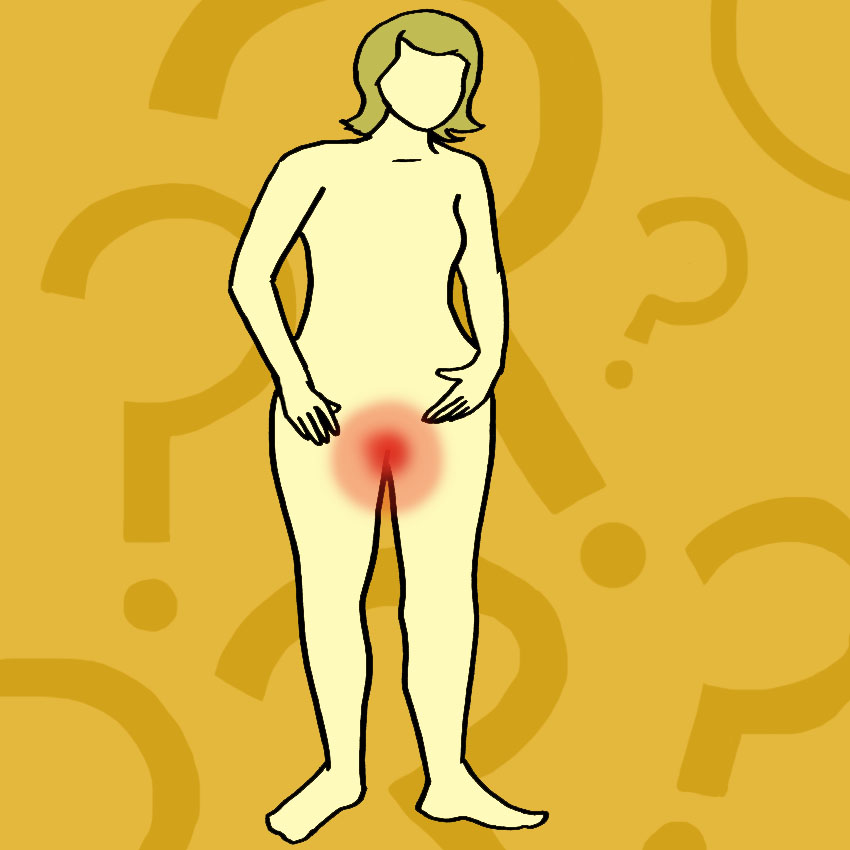
According to Mount Sinai, there's no exact known cause of vulvodynia. Doctors are still researching the condition.

That said, there are a number of possible causes, including vulvar nerve injury or irritation, weak pelvic floor muscles, hormonal changes, extra vulvar nerve fibers, certain chemical allergies, genetic factors, or overreaction in the cells of the infected or injured vulva.
Although doctors are unsure of the exact cause, they know that vulvodynia is not caused by sexually transmitted diseases.
Symptoms Of Vulvodynia #1: Burning Or Stinging
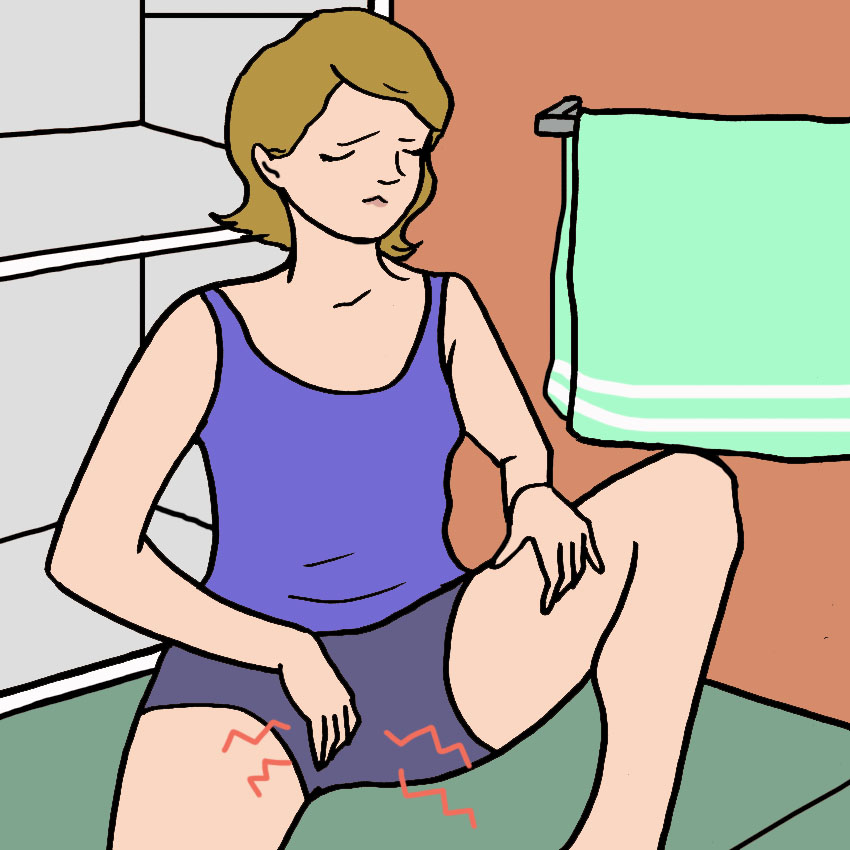
The National Vulvodynia Association explains that "the most commonly reported symptom is burning, but women's descriptions of the pain vary."

When it comes to vulvodynia, women's pain levels vary, and the pain may be constant or may come and go over months or years.
Some women also experience throbbing pain.
#2: Soreness Or Rawness
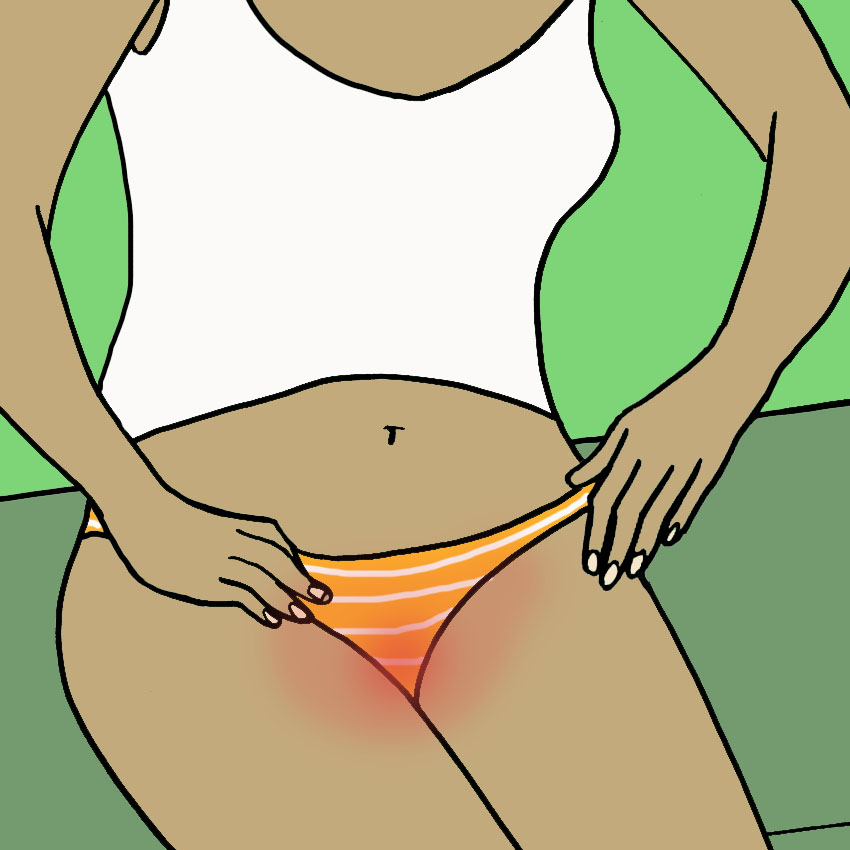
Although burning is the most common symptom of vulvodynia, the Mayo Clinic explains that another symptom is a feeling of soreness or rawness.

Many women experience vaginal soreness or rawness once in a while, but if it becomes common or occurs for seemingly no reason at all, it could be a sign of vulvodynia.
#3: Itching
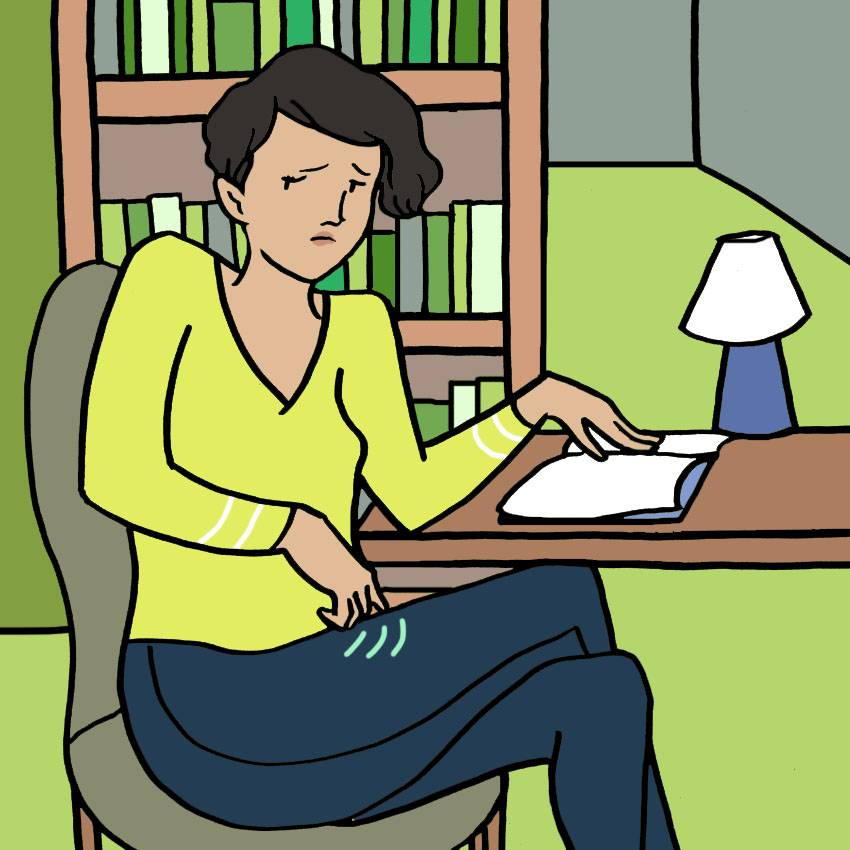
Vaginal itching can be caused by any number of things, like yeast infections or STIs, but it can also be a telltale symptom of vulvodynia.

The University of Wisconsin — Madison School of Medicine and Public Health explains that although pain is the main symptom of vulvodynia, itching is another sign.
#4: Swelling Or Irritation

Other common symptoms of vulvodynia are inflammation, swelling, and irritation.
Usually, there aren't visible signs, but the Mayo Clinic explains that "vulvar tissue might look slightly inflamed or swollen."
When The Pain Occurs
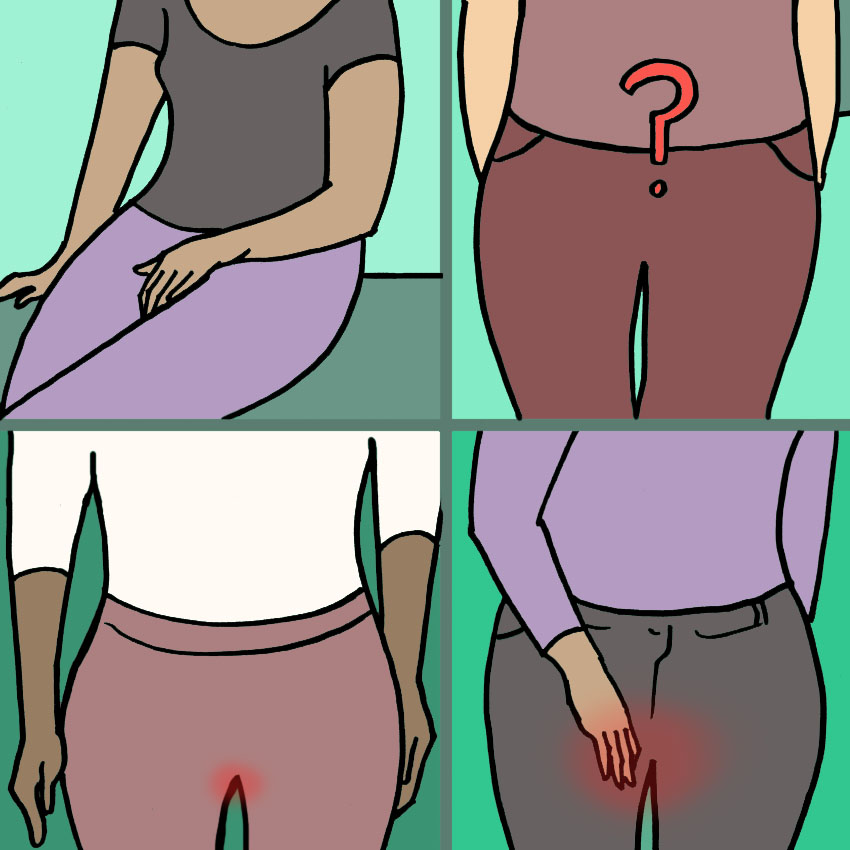
The National Vulvodynia Association explains that for women with localized vulvodynia, there are a number of things that may trigger pain, including sexual intercourse, wearing tight pants, sitting for long periods of time, tampon insertion, and gynecological exams.

Women with generalized vulvodynia, on the other hand, experience near constant pain that may be exacerbated by sitting or having sex.
When To See A Doctor
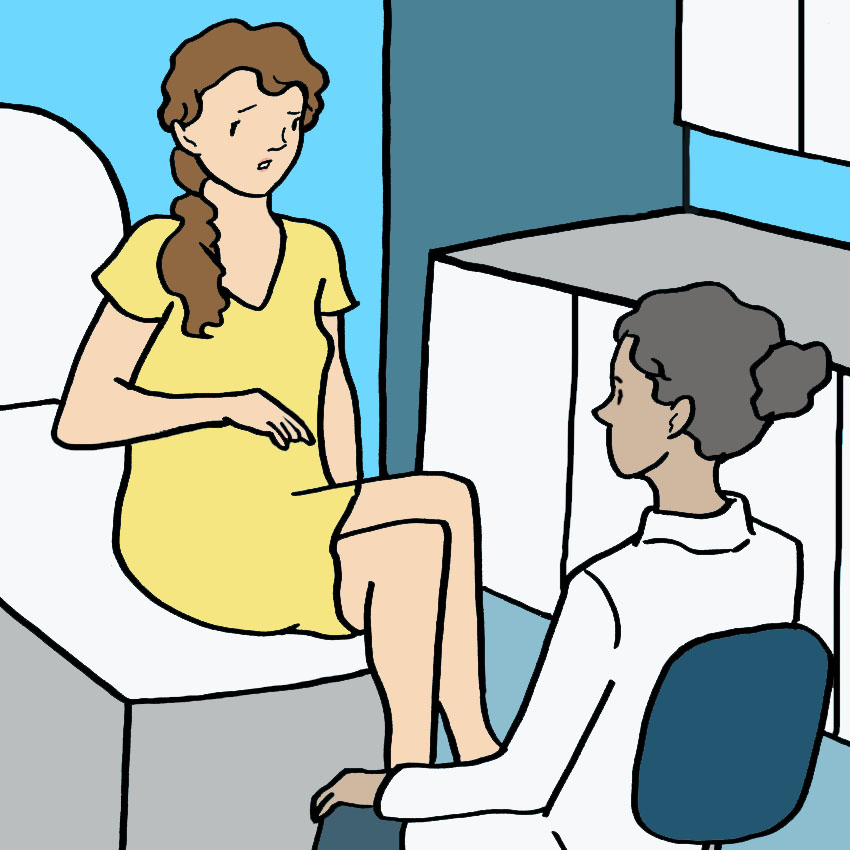
Many women who experience vaginal pain don't mention it to their doctors, explains the Mayo Clinic.
If you have any pain in your genital area, you should always bring it up with your doctor. They will be able to run tests on you and provide you with treatment options.
Please SHARE this article if you think more women should know about vulvodynia!




